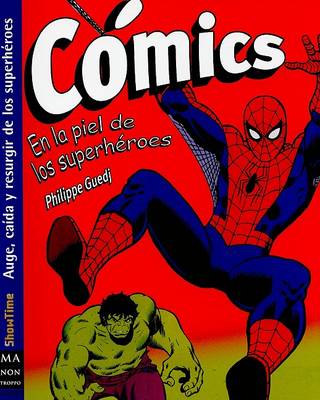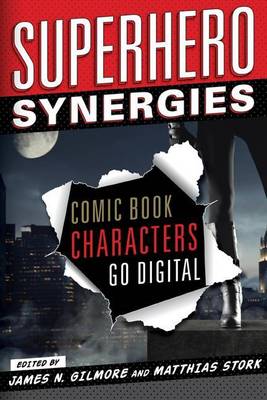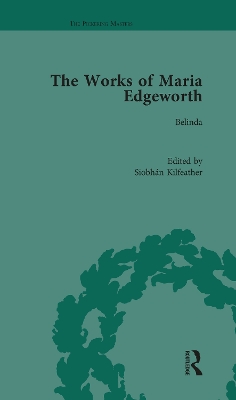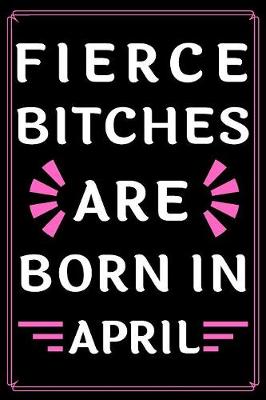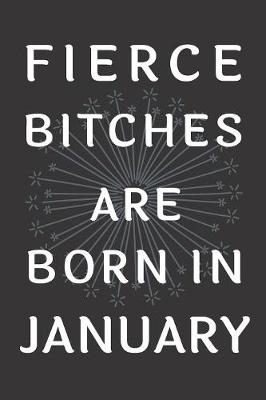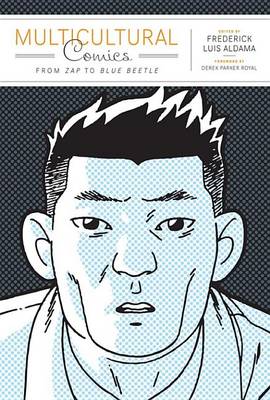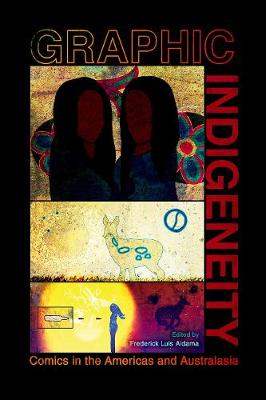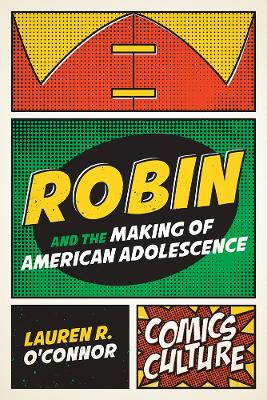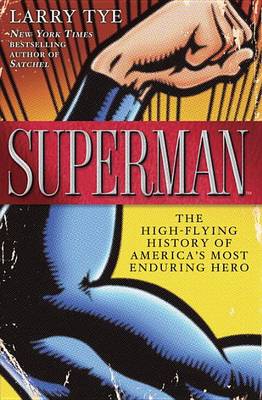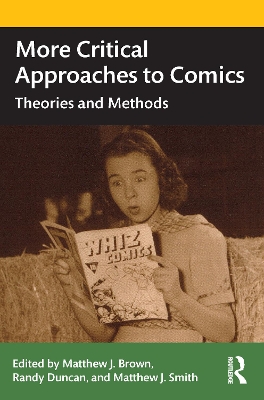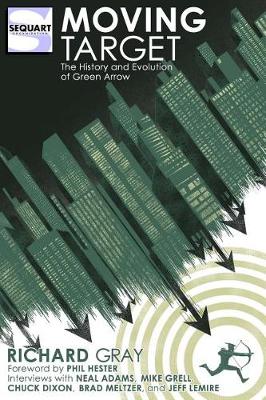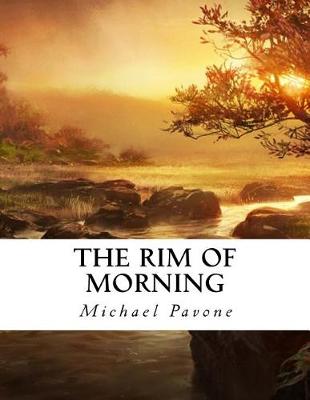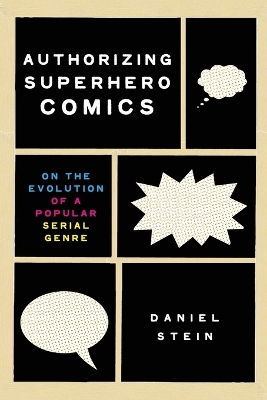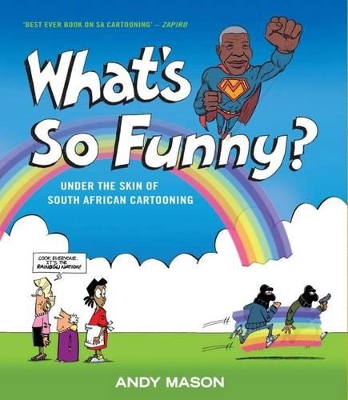In the age of digital media, superheroes are no longer confined to comic books and graphic novels. Their stories are now featured in films, video games, digital comics, television programs, and more. In a single year alone, films featuring Batman, Spider-Man, and the Avengers have appeared on the big screen. Popular media no longer exists in isolation, but converges into complex multidimensional entities. As a result, traditional ideas about the relationship between varying media have come under...
This volume contains Edgeworth's best courtship novel belinda, which replaces mercenary fortune-hunting with a deeper quest for marital compatibility, valorising irrationality and love over reason and duty. MARIA EDGEWORTH was born in 1768. Her first novel, Castle Rackrent (1800) was also her first Irish tale. The next such tale was Ennui (1809), after which came The Absentee, which began life as an unstaged play and was then published (in prose) in Tales of Fashionable Life (1812), as were seve...
Multicultural Comics (Cognitive Approaches to Literature and Culture)
Multicultural Comics: From Zap to Blue Beetle is the first comprehensive look at comic books by and about race and ethnicity. The thirteen essays tease out for the general reader the nuances of how such multicultural comics skillfully combine visual and verbal elements to tell richly compelling stories that gravitate around issues of race, ethnicity, gender, and sexuality within and outside the U.S. comic book industry. Among the explorations of mainstream and independent comic books are discuss...
Contributions by Joshua T. Anderson, Chad A. Barbour, Susan Bernardin, Mike Borkent, Jeremy M. Carnes, Philip Cass, Jordan Clapper, James J. Donahue, Dennin Ellis, Jessica Fontaine, Jonathan Ford, Lee Francis IV, Enrique Garcia, Javier Garcia Liendo, Brenna Clarke Gray, Brian Montes, Arij Ouweneel, Kevin Patrick, Candida Rifkind, Jessica Rutherford, and Jorge Santos Cultural works by and about Indigenous identities, histories, and experiences circulate far and wide. However, not all films, anima...
Robin and the Making of American Adolescence (Comics Culture)
by Lauren R O'Connor
Canadian Graphic
Canadian Graphic: Picturing Life Narratives presents critical essays on contemporary Canadian cartoonists working in graphic life narrative, from confession to memoir to biography. The contributors draw on literary theory, visual studies, and cultural history to show how Canadian cartoonists have become so prominent in the international market for comic books based on real-life experiences. The essays explore the visual styles and storytelling techniques of Canadian cartoonists, as well as their...
Seventy-five years after he came to life, Superman remains one of America’s most adored and enduring heroes. Now Larry Tye, the prize-winning journalist and New York Times bestselling author of Satchel, has written the first full-fledged history not just of the Man of Steel but of the creators, designers, owners, and performers who made him the icon he is today. Legions of fans from Boston to Buenos Aires can recite the story of the child born Kal-El, scion of the doomed planet Krypton, who...
World Comics: The Basics approaches the history of comic books as a global one, one that includes the physical transmigration of artists and their styles and worldviews from one place to another, and increasingly includes the active participation of creators and editors in the publishing and translating of comic books across time, languages, cultures and communities. In this accessible guide, Aldama demonstrates that while each country has it's own particular comics tradition such as Franco-Bel...
More Critical Approaches to Comics
In this comprehensive textbook, editors Matthew J. Brown, Randy Duncan, and Matthew J. Smith offer students a deeper understanding of the artistic and cultural significance of comic books and graphic novels by introducing key theories and critical methods for analyzing comics. Each chapter explains and then demonstrates a critical method or approach, which students can then apply to interrogate and critique the meanings and forms of comic books, graphic novels, and other sequential art. Contri...
The Artistry of Neil Gaiman (Critical Approaches to Comics Artists)
Contributions by Lanette Cadle, Zuleyha Cetiner-OEktem, Renata Lucena Dalmaso, Andrew Eichel, Kyle Eveleth, Anna Katrina Gutierrez, Darren Harris-Fain, Krystal Howard, Christopher D. Kilgore, Kristine Larsen, Thayse Madella, Erica McCrystal, Tara Prescott, Danielle Russell, Joe Sutliff Sanders, Joseph Michael Sommers, and Justin Wigard Neil Gaiman (b. 1960) reigns as one of the most critically decorated and popular authors of the last fifty years. Perhaps best known as the writer of the Harvey,...
Authorizing Superhero Comics (Studies in Comics and Cartoons)
by Daniel Stein
